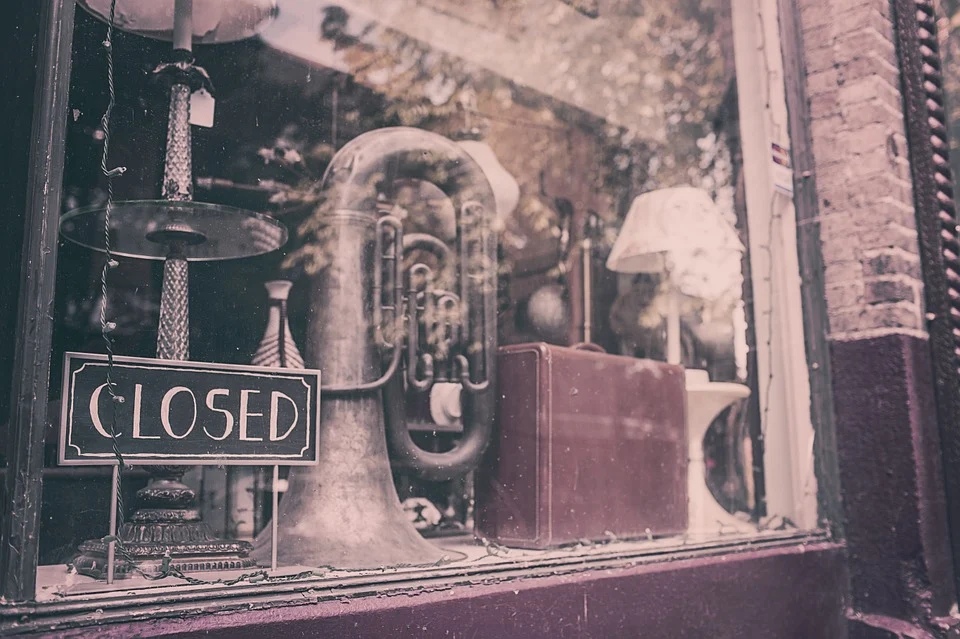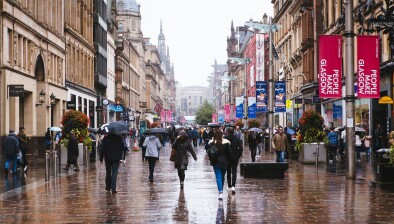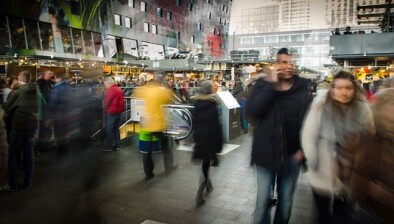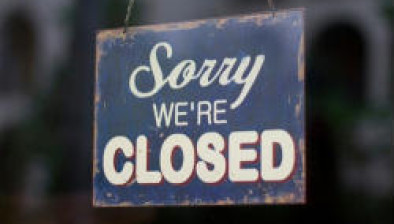SRC: Scottish shop vacancies spike to six year high
Scottish shop vacancies have reached a six year high, according to the latest figures released by the Scottish Retail Consortium (SRC) and the Local Data Company (LDC).

The latest vacancy monitor found that in the first quarter of 2021, the Scottish vacancy rate increased to 15.3%, from 14.4% in Q4 2020. It was 2.4 percentage points higher than in the same point in 2020.
Shopping Centre vacancies also rose to 20.1% from Q4’s 18.2% while high street vacancies increased to 13.9%, from Q4’s 13.5%.
Retail Park vacancies also rose to 12.9% in Q1 2021, up from 11.9% in Q4. However, it remains the location with by far the lowest rate.
David Lonsdale, director, SRC, said: “The maelstrom wrought by the pandemic and the forced closure of stores over the past year is laid bare in these figures. Permanent shop vacancies in Scotland pierced through 15% for the first time, with the vacancy rate reaching a new six-year high.
“The troubling deterioration in the vacancy rate over the past year has affected all types of retail destinations, with the uptick in empty units in shopping centres especially marked. Almost one in six Scottish shop premises now lies empty, above the UK average rate, and its far from certain the vacancy rate has crested.
“Its a vivid reminder of the economic toll of the pandemic and of repeated lockdowns and restrictions. This has been the most bruising period for many of Scotland’s retailers, and even with shops now permitted to re-open the fact is large swathes of the sector face an uncertain future. The next devolved government needs to respond to this reality with a recovery plan that pauses any new non-Covid related red tape to allow the industry to recover, by reducing the costs of doing business, and supporting consumer spending by keeping down the cost of living. Retail can play a massive role in the economic recovery but it needs continued support to do so.”
Lucy Stainton, director, Local Data Company, added: “The number of vacant units has continued to increase in the first three months of this year across the country, despite much of the market being temporarily closed for the 2nd lockdown. With this in mind, and despite these percentages increasing significantly, we would argue that we have not yet seen the true impact of these lockdowns and this will only be obvious once the market has had the chance to re-open fully.
“We have seen a number of household names announcing further store closures or indeed, disappearing from our high streets entirely showing how challenged physical retail continues to be.
“Shopping centres have been particularly exposed to the effects of the COVID-19 pandemic, principally having a lower proportion of ‘essential’ retailing as well as being exposed to categories which are in decline such as fashion, department stores and casual dining.”
She concluded: “This being said, the early indications from the first few days of the ‘unlocking’ have shown there is still significant demand for physical retail and eating out. Hopefully, as consumer confidence continues to build momentum with reduced COVID-19 cases, more of the population vaccinated and warmer weather, further fall out from the pandemic might be mitigated somewhat.
“Similarly we are seeing a lot of redevelopment with retail stores being converted to other uses such as office space and residential property - this too may help stabilise the increase in vacancy we’d otherwise expect to see continue into Q2.”








